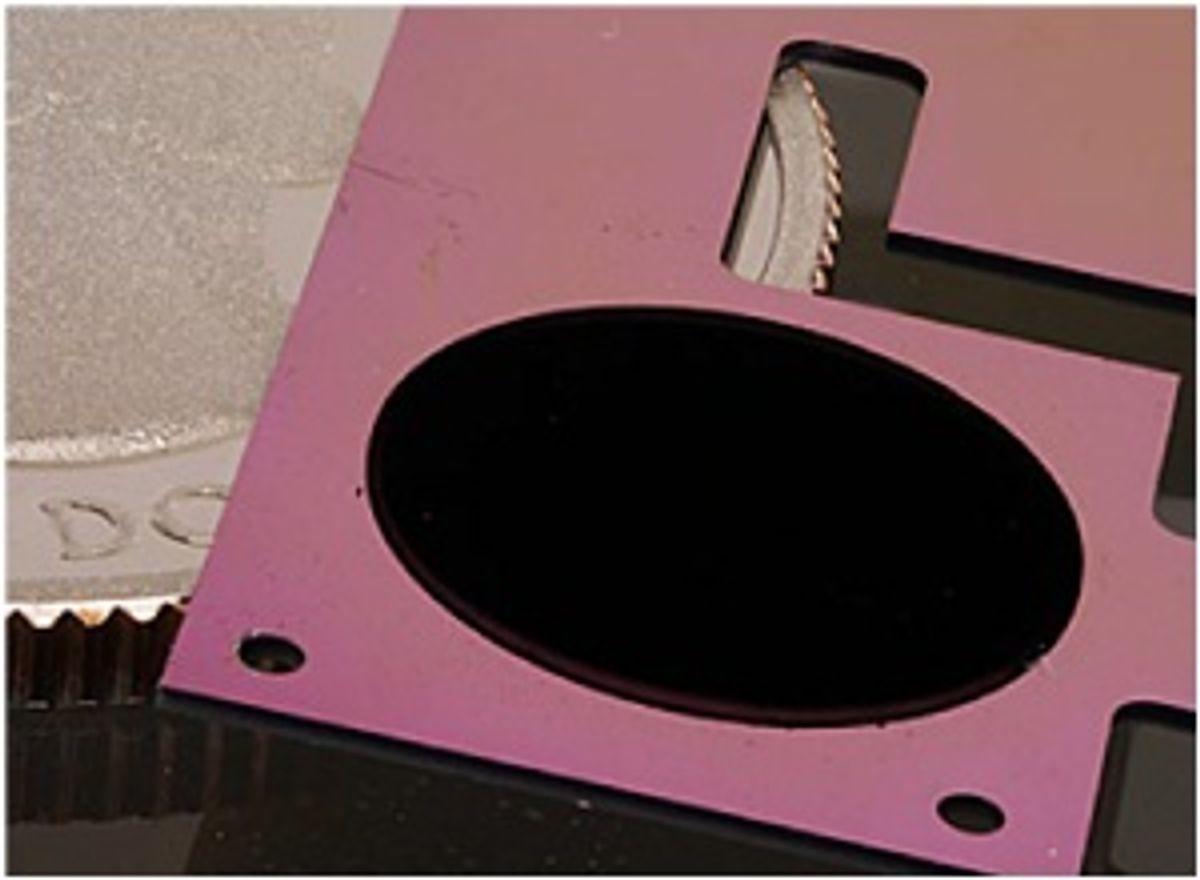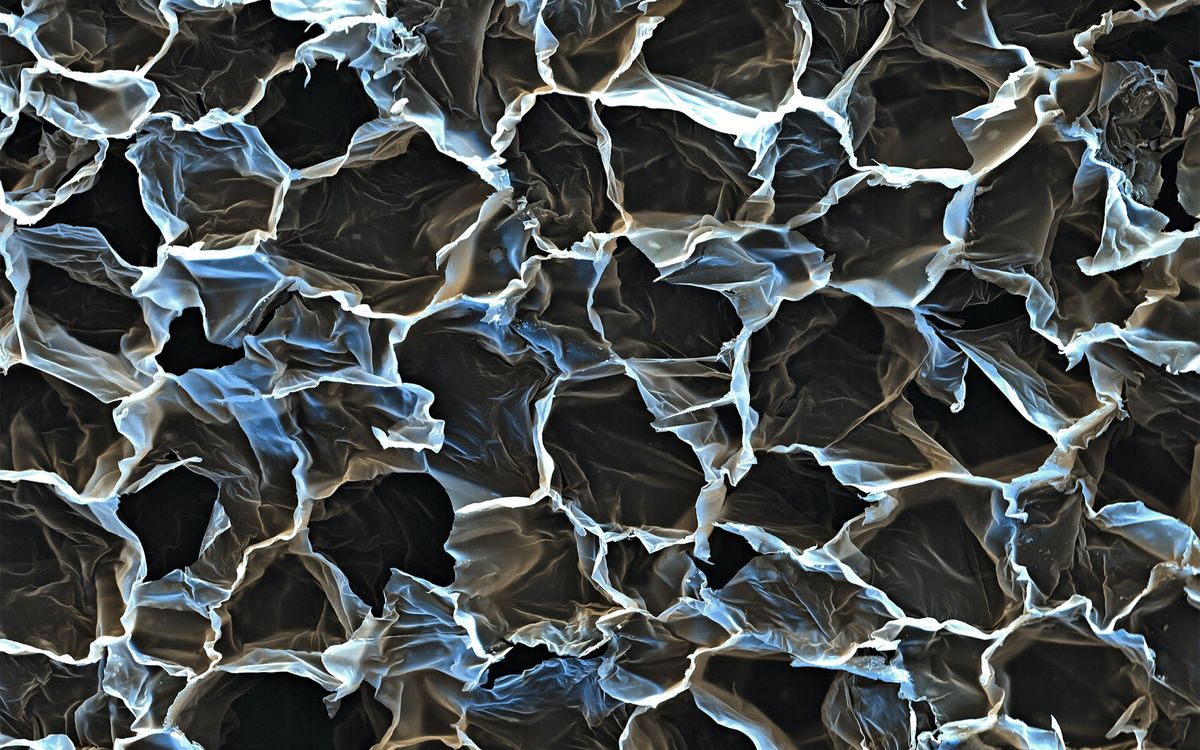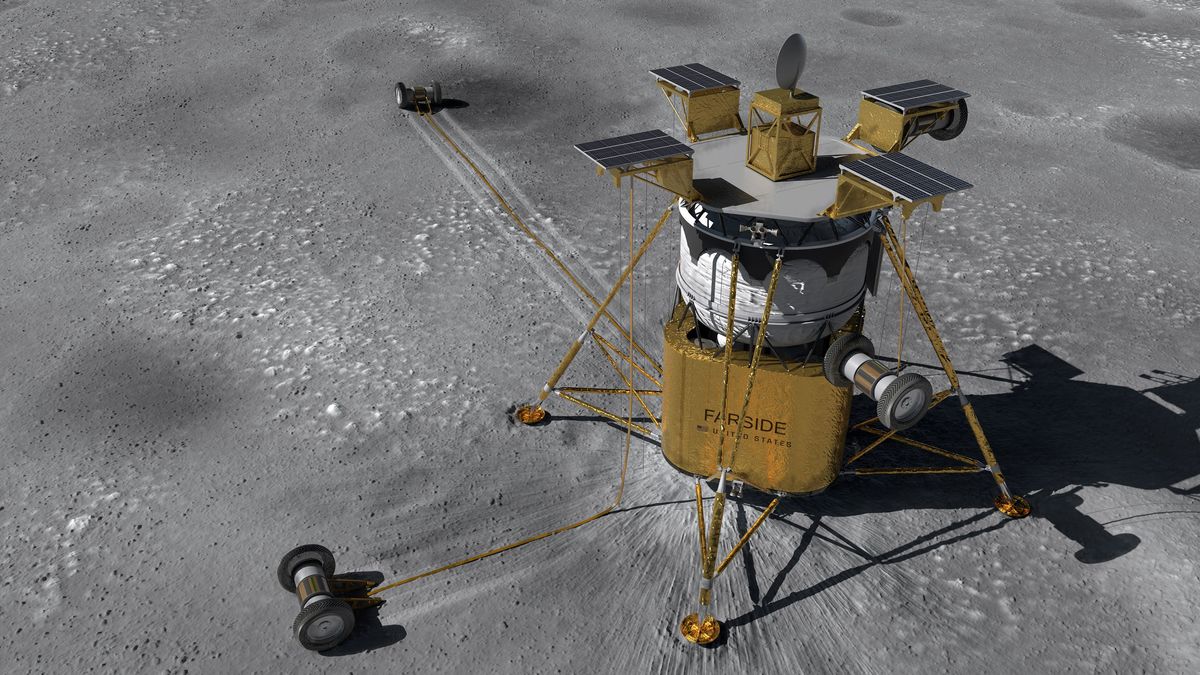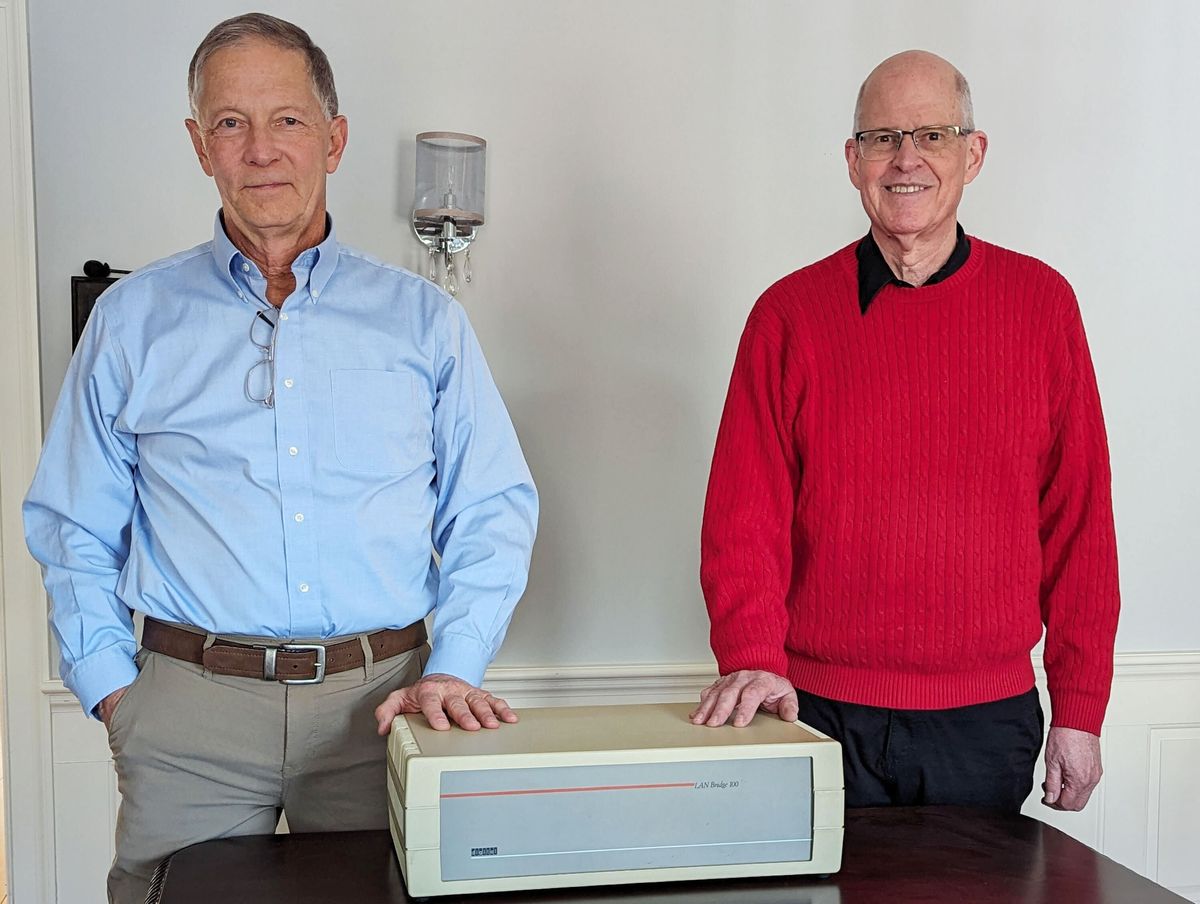Researchers at the U.S. National Institute of Standards and Technology’s Boulder, CO, lab have exploited VANTAs’ near-perfect absorption to demonstrate a faster, cheaper, and more sensitive cryogenic radiometer—the workhorse instrument for calibrating radiation sources, including the lasers that drive fiber-optic communications.
In Optics Letters, Nathan Tomlin and laser radiometry project leader John Lehman describe their single-chip carbon nanotube cryogenic radiometer (CNCR). Like comparative radiometers used for more than half a century, their device (maintained at about 4ºK to increase sensitivity and accuracy, hence the “cryogenic”) uses changes in resistance to gauge the temperature increase generated by an incoming energy beam. They then use a precisely controlled heater to find the current needed to maintain the same temperature after the light is shut off. Assuming near-hundred-percent efficiency in both absorber and heater, the electrical power will be the same as the optical power.
Unlike current cryogenic radiometers, the CNCR uses VANTA nanotube mats (about the size of the disks left behind by office paper-punches) for all of the key components: absorber, heater, and thermistor. The VANTA mats are grown in place on a 25-millimeter-square etched and prepared silicon wafers. One black spot does double duty as both absorber and heater, and a second serves as the thermistor to track temperature changes.
Thanks to the VANTAs’ nonlinear thermal resistance (R=R0 exp(T0/T)0.5), “measured resistance …is very sensitive to the spatial heating profile.” As a result, even the first prototype achieved response times two orders of magnitude better than conventional cryogenic radiometers. The developers note that more work is needed, including refinements that would reduce temperature fluctuations in the cooling bath and decrease resistance on the chip. In the long run, say Tomlin and Lehman, they should be able to reduce noise by seven orders of magnitude. Indeed, the “ultimate accuracy of the CNCR should be limited only by our ability to measure the reflectance of the nanotube array.”
Image: N. Tomlin/NIST
Douglas McCormick is a freelance science writer and recovering entrepreneur. He has been chief editor of Nature Biotechnology, Pharmaceutical Technology, and Biotechniques.




